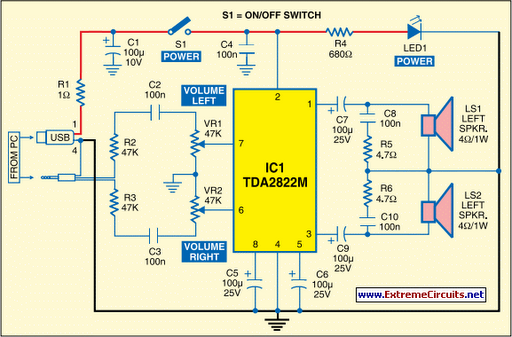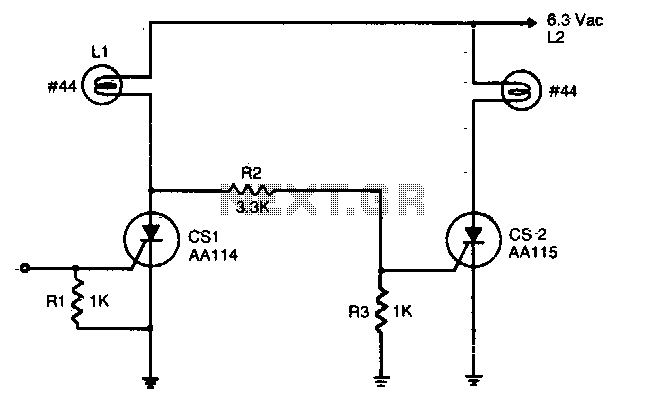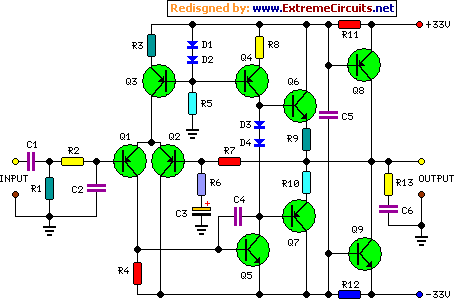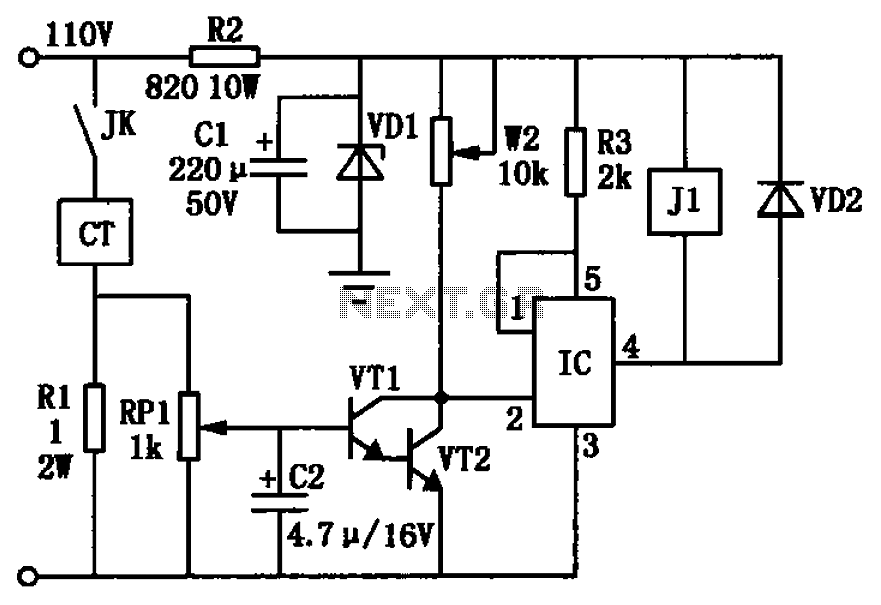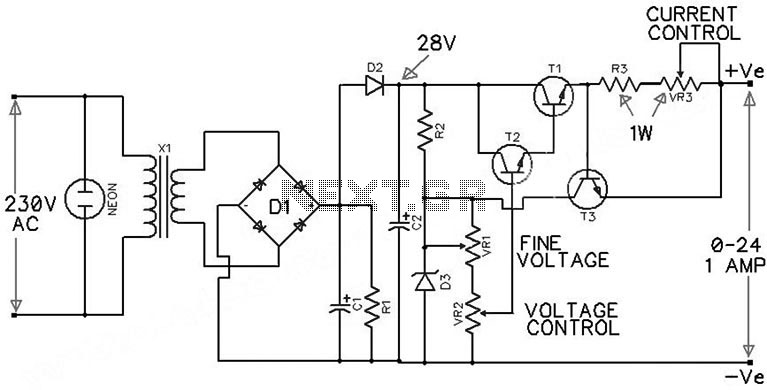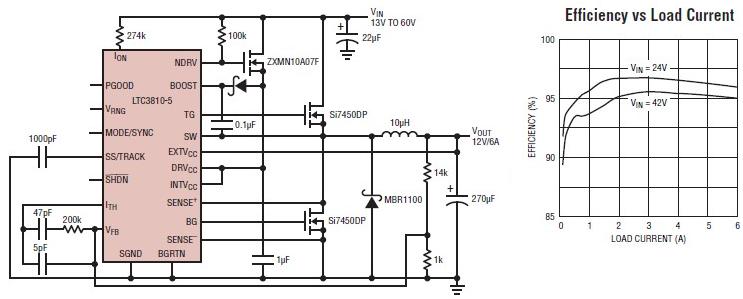
A Current Limiting Bench Power Supply
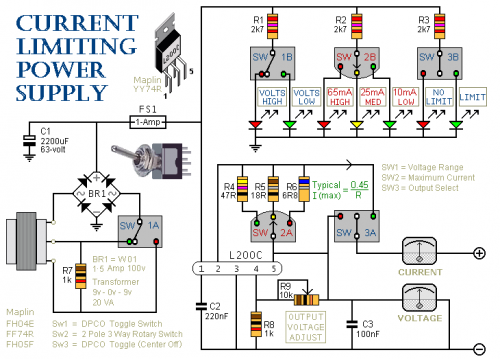
This is a 1-amp variable-voltage power supply unit (PSU) that can be adjusted from approximately 3V to 24V. It features a maximum output current limit, which is particularly useful when powering up a project for the first time or conducting a soak test on a piece of equipment.
The described power supply unit (PSU) is a versatile device designed to provide adjustable voltage output while ensuring current protection. The voltage adjustment range from 3V to 24V allows users to cater to various electronic components and circuits, accommodating different voltage requirements.
The current limiting feature is critical for safeguarding sensitive electronic components during initial power-up or testing phases. This function prevents excessive current draw, which could damage components or lead to circuit failure. The current limit can be set to a specific threshold, ensuring that the PSU will not exceed this limit, regardless of the load connected to it.
In practical applications, this PSU can be employed in prototype development, where components may not be fully understood in terms of their power requirements. During initial tests, the adjustable voltage setting allows engineers to gradually increase the voltage to the desired level, while the current limit protects against unexpected surges.
The design of such a PSU typically includes a transformer or switching regulator for voltage conversion, rectification circuits, and filtering capacitors to ensure a smooth output. A user interface may consist of a rotary knob or digital display for voltage adjustment, along with a current limit setting control. Additionally, safety features such as thermal overload protection and short-circuit protection may be integrated to enhance reliability and user safety.
Overall, this 1-amp variable-voltage PSU is an essential tool for engineers and technicians, providing flexibility and protection in electronic design and testing applications.This is a 1-amp variable-voltage PSU. It adjusts from about 3v to 24v: and has the added feature that you can limit the maximum output current. This is invaluable when (for example) you power-up a project for the first time or soak-test a piece of equipment
🔗 External reference
The described power supply unit (PSU) is a versatile device designed to provide adjustable voltage output while ensuring current protection. The voltage adjustment range from 3V to 24V allows users to cater to various electronic components and circuits, accommodating different voltage requirements.
The current limiting feature is critical for safeguarding sensitive electronic components during initial power-up or testing phases. This function prevents excessive current draw, which could damage components or lead to circuit failure. The current limit can be set to a specific threshold, ensuring that the PSU will not exceed this limit, regardless of the load connected to it.
In practical applications, this PSU can be employed in prototype development, where components may not be fully understood in terms of their power requirements. During initial tests, the adjustable voltage setting allows engineers to gradually increase the voltage to the desired level, while the current limit protects against unexpected surges.
The design of such a PSU typically includes a transformer or switching regulator for voltage conversion, rectification circuits, and filtering capacitors to ensure a smooth output. A user interface may consist of a rotary knob or digital display for voltage adjustment, along with a current limit setting control. Additionally, safety features such as thermal overload protection and short-circuit protection may be integrated to enhance reliability and user safety.
Overall, this 1-amp variable-voltage PSU is an essential tool for engineers and technicians, providing flexibility and protection in electronic design and testing applications.This is a 1-amp variable-voltage PSU. It adjusts from about 3v to 24v: and has the added feature that you can limit the maximum output current. This is invaluable when (for example) you power-up a project for the first time or soak-test a piece of equipment
🔗 External reference
